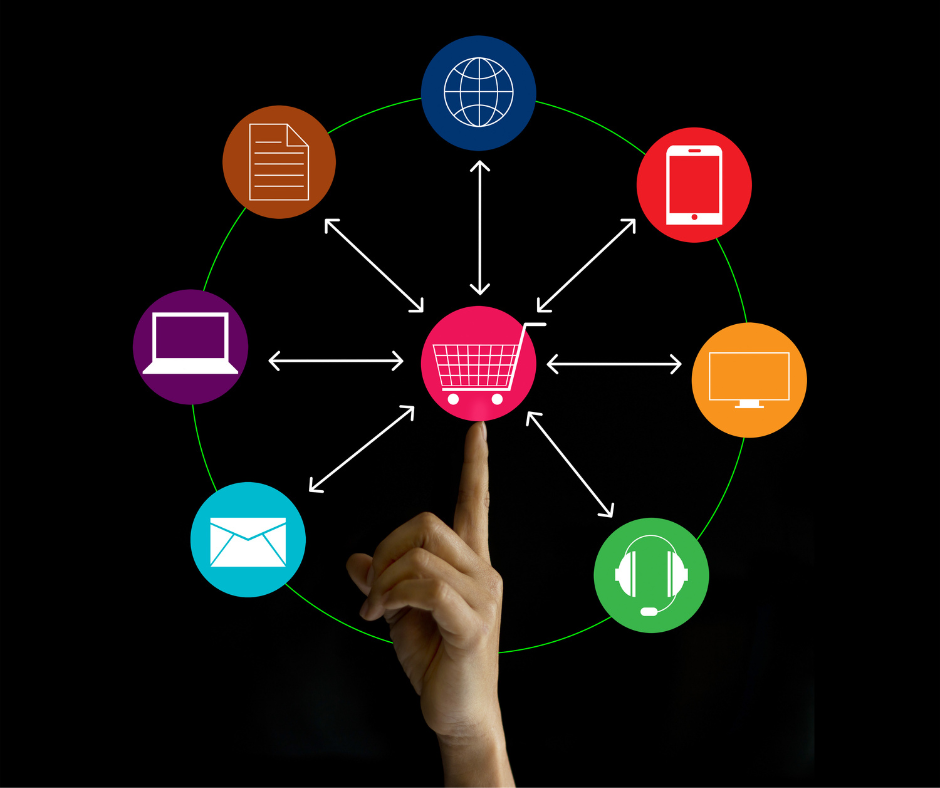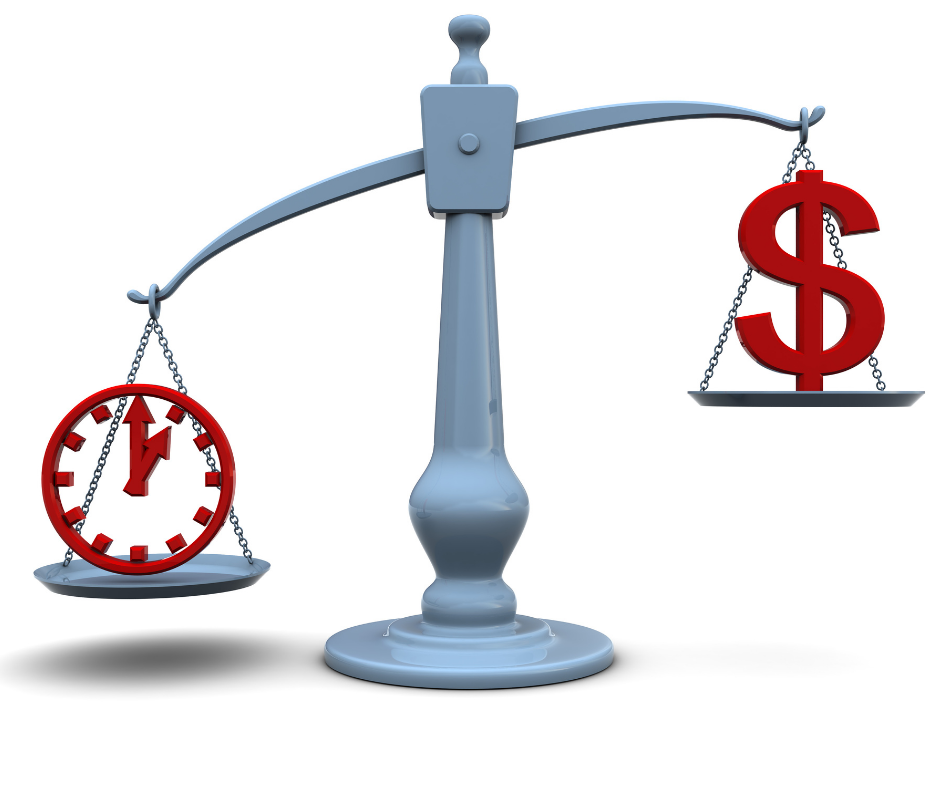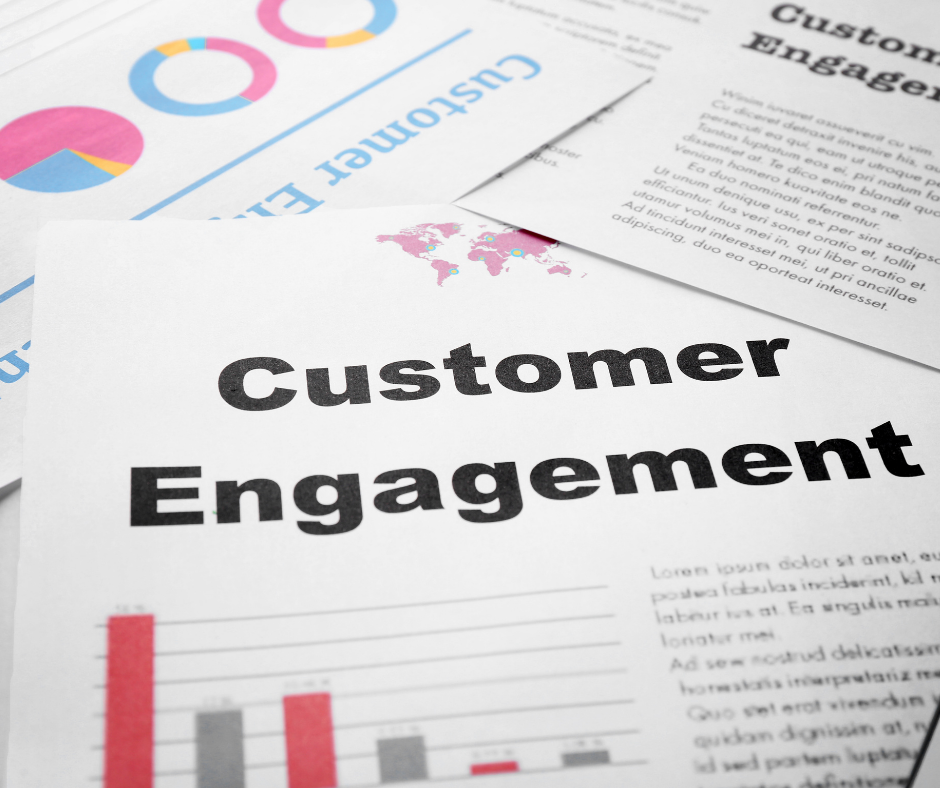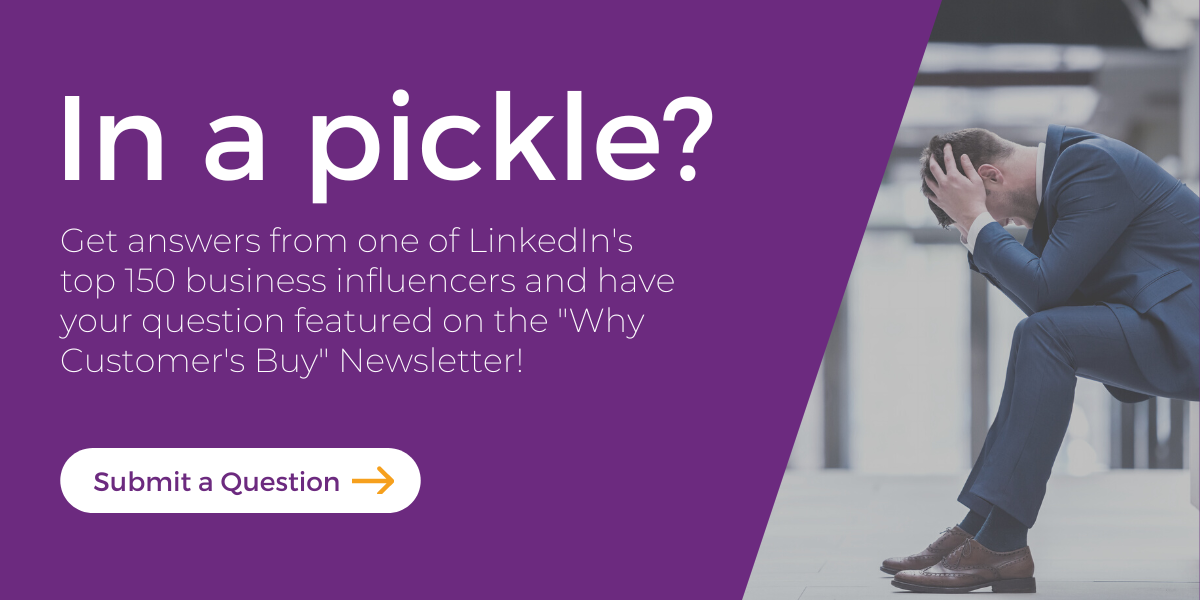We have been remiss. In the past five years, we have talked about the Cleveland Browns, a struggling team in the NFL, several times but we haven’t discussed customer engagement once. I became aware of this deficit after receiving an email from Vijay, one of my podcast listeners, asking me what we had on it. So, to remedy that, today we will focus on what customer engagement is and what you can do to promote more of it in your experiences.
The funny thing is that even after having over twenty years of experience in customer experience, I don’t have an excellent definition of customer engagement. Now, obviously, the words have an implied definition. However, I wanted a streamlined and straightforward definition. So, I did what everyone does today when they need to find information; I Googled it. Not surprisingly, I found a couple of good ones.
Watch Colin talking about this on YouTube:
Subscribe to our YouTube channel here to see all the latest videos!
This first one is from HubSpot. HubSpot defines customer engagement as:
“…the process of interacting with customers through a variety of channels in order to strengthen your relationship. For many businesses, this process begins with the first interaction and extends beyond the point of purchase. Companies can engage with customers via social media, email websites, community forums, and other spaces where they’ve communicated or consumed content or consuming content.”
Salesforce has a different take:
“Customer engagement is delivering connected experiences to your customer instead of single one-off or fleeting transactions.”
Qualtrics has one that was interesting, which was:
“Customer engagement is the emotional connection between a customer and a brand. Broadly speaking, customer engagement or customer-branded engagement encompasses the customer relationship with a business. When we look at an engagement, we’re exploring the quality of that relationship, positive or negative, how customer participation occurs, and how often it happens.”
So, those are some definitions. However, I’m unsure if I agree entirely with any of those. I agree with bits and pieces, but my definition is probably more of a Frankenstein version of these three.
Let me explain. I like that it’s not a one-off; it’s a continuous concept or effort that should be part of the experience design. However, all three of those definitions were company-centric. So, for all three of those definitions, customer engagement is something the company does to the customers. But I don’t see it that way.
When I think about customer engagement, I see it as a measurement. Customer engagement is something we determine based on how much participation or emotional investment we see from customers with a brand. Alternatively, it’s something an organization does to facilitate that emotional involvement we later measure.

For my part, you want to engage with the customer to strengthen the relationship. But how are you doing that? So again, we’ve agreed that we do that through many different interactions.
These definitions resemble some older terms. So, for example, the HubSpot definition sounds a bit like the old idea of integrated marketing communications. Integrated marketing communications sought to engage the customer in some form of dialogue.
The Salesforce definition builds upon this concept of integrated marketing communication, too. The idea behind their definition is that your marketing effort isn’t a single serving, a disposable, fleeting transaction. Instead, marketers want that engagement to continue, to extend the dialog. This definition also sounds a bit like customer experience management.
So, perhaps we didn’t blow off this topic of customer engagement so much as call it by different names. But, regardless of labeling, customer engagement is essential, and if a new name makes it more attractive to organizations, so be it.
One thing I would change about these definitions is to make them more customer-centric. I would tell organizations to anticipate ways to help customers engage more with their experiences.
We did a podcast recently about the different ways of using time with Customer Experience expert Joe Pine. When your customers engage with your social media content, they give you their time. When they come to see you speak at a conference, they are giving you significantly more of their time. If they read your book, that’s even more time.
Your job is to design the experience with this concept in mind. In other words, are you anticipating how that will be time well spent for customers?

That said, it is essential to note that engagement isn’t only about time. So although it requires time, and time is not a bad way to have a proxy measurement of engagement, it isn’t equal to engagement.
Sharing could be part of customer engagement when considering social media and content marketing. For example, if someone reads or watches your content, then takes the next step and shares your content or recommends your program or book to their family, friends, and colleagues, they associate themselves with your experience. So, in a small way, you define their social reputation, which indicates customer engagement.
From a customer’s perspective, social media also facilitates engagement in ways that weren’t practical before social media. For example, customers see reading and sharing content as them engaging with the brand. Therefore, creating content and responding to feedback is a significant part of today’s customer engagement strategy. Plus, it is a way to track the time they spend with it, and how often they encourage others to share their time with it.
An example of analog engagement is the Apple sticker in their packaging. As you might have guessed, I am a fan of Apple’s packaging of products. Once you open the box, there are layers of discovery, like brochures and little tabs that help you pull out a product from snug packaging. However, the sticker they include, which was popular to put on the center of your car’s rear window a while ago, is an example of providing a way to anticipate engagement. When customers then put their packaging experience on YouTube in an “unboxing,” you have won your customers’ attention. Now they are creating content for you.
Customer Engagement is a Bit Squishy
When it comes to the “science” of customer engagement, it’s not really existent. If anything, customer engagement is nebulous without a hard and fast definition.
Therefore, getting serious about it requires ensuring everyone in your organization agrees with your definition and what you want to accomplish. Start by defining it for your team by giving them specifics, like:
- We want to increase the attention people pay to our messaging.
- We want to improve the traffic on our website.
- We want to inspire more responses to our content and brand messaging on social media.

Each of these goals requires different strategies on the organization’s part. For example, if you want customers to promote your brand through word of mouth, your service strategy should reflect that. Likewise, getting people to become collaborators requires a different approach than encouraging their satisfaction. In other words, customer collaboration has a different set of needs to satisfy than simply producing a happy customer.
Therefore, if you’ve lumped customer engagement together, meaning anything that we do to customers through any channel and anything they might do, that’s going to be challenging to get results. It’s hard to move that needle when it’s a hundred different things.
Therefore, getting specific is the key. Think about how customers might engage and develop strategies around your goal.
Also, it has to be continuous. If a customer comes, engages once, but never returns, then you don’t have engagement. So, therefore, a consistent effort to increase customer engagement is essential.
One part of this we haven’t discussed is targeting your engagement to specific customer groups. You risk engaging with the wrong people if you don’t have a target.
Consider social media. It gives us opportunities for measurement. However, with that easy access to measure, there is also the risk of chasing the measure, or, in other words, pursuing the engagement. So, you could have all kinds of customers’ time engaged with you with interesting, provocative content, but if it doesn’t have anything to do with your brand, what good is that? You are engaging with the wrong people.
People talk about engagement on social media a lot. However, I don’t see people breaking it down into the right or wrong audience. So, be careful with social media engagement numbers; don’t get distracted by the big numbers.
So, hopefully, that has been helpful for Vijay, and you, my loyal readers. To summarize, customer engagement is a critical measure of how much emotional involvement you have with customers that you improve by taking specific actions with a targeted audience to achieve a specific goal. Not only that, it is a critical part of your experience design, that you would be wise to build into your experiences.
Also, if you have any questions or topics that you would like for me to cover in this newsletter or on the podcast, please do not hesitate to contact me. I love hearing from you and look forward to discovering what might help you in your pursuit of excellence in your customer strategy.

If you have a business problem that you would like some help with, contact me on LinkedIn or submit your pickle here. We would be glad to hear from you and help you with your challenges.



